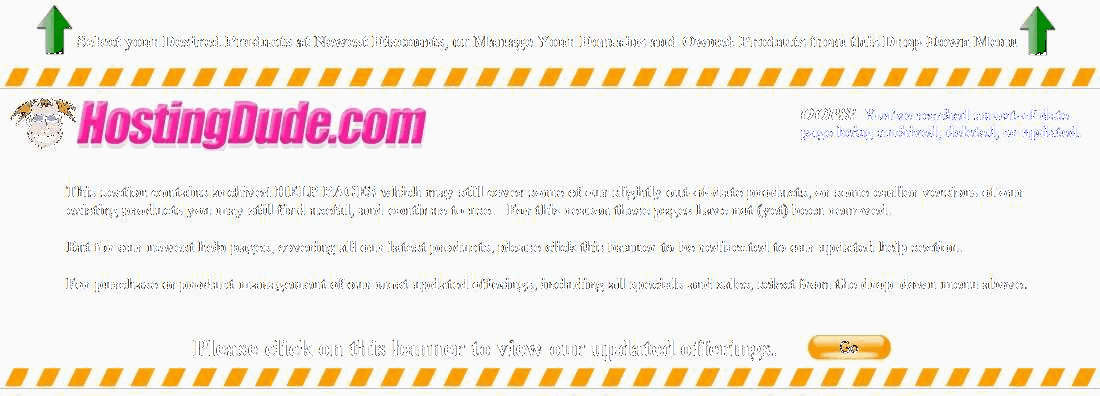Adding or Editing SPF Records
A Sender Policy Framework (SPF) record is a type of TXT record that lets you explicitly define the outgoing mail servers that can send email from your domain name. You can use them to prevent spam. When incoming mail servers receive email messages from your domain name, they compare the SPF record to the outgoing mail server information. If the information doesn't match, they identify the email message as unauthorized.
To Access the Zone File Editor
- Log in to your Account Manager.
- Next to Domains, click Launch.
- From the DNS menu, select DNS Manager, and then click Edit Zone for the domain name you want to update.
To Add an SPF Record
- Go to the Zone File Editor for the domain name you want to update.
- In the TXT (Text) section, click Add SPF Record.
- For This domain sends mail through, select one of the following options:
- Us only — Sends email messages from our mail servers only.
- Us and an ISP — Sends email messages via our mail servers and your ISP's mail servers.
- An ISP or other mail provider — Sends email from your ISP's mail servers or from another mail provider.
- No email is sent from this domain — Does not send email from this domain name.
- From the Inbound tab, do one or more of the following:
- All Inbound Servers May Send Mail — Select this option to allow any incoming mail servers to send email messages. Most inbound mail servers send outbound NDRs (non-delivery receipts).
- Select individual servers — Select the incoming mail servers allowed to receive email messages.
- Enter Additional MX Addresses (one per line) — (Optional) Enter additional incoming MX (Mail Exchanger) addresses allowed to receive email messages.
- Exclude all hosts not specified here (-all) — (Optional) Select this option to block any incoming mail servers not specified here from receiving email messages.
- From the Outbound tab, do one or more of the following:
- All Addresses in A Records — Select this option if the IP addresses listed in your A records for the domain name are also outbound mail servers.
- Enter Additional A Addresses (one per line) — (Optional) Enter additional outgoing A addresses allowed to send email messages.
- Exclude all hosts not specified here (-all) — (Optional) Select this option to block any outgoing mail servers not specified here from sending email messages.
- From the PTR tab, do one or more of the following:
- PTR (DNS Lookup) — Select this option to allow all servers ending with your domain name to send email messages.
- Enter Additional PTR Addresses (one per line) — (Optional) Enter additional PTR addresses allowed to send email messages.
- Exclude all hosts not specified here (-all) — (Optional) Select this option to block any outgoing mail servers not specified here from sending email messages.
NOTE: A PTR refers to reverse DNS records. In an SPF record, including the PTR tells the receiving SMTP server to complete a reverse DNS lookup on the sending server's IP address and then expect a match in the response. If you enter additional PTR addresses, responses ending in those domain names are considered valid matches.
- From the Outsourced tab, do one or more of the following:
- Enter Outsourced Domains (one per line) — If an ISP or other third-party server sends email messages from your domain name, enter the third-party domain names you are using.
- Exclude all hosts not specified here (-all) — (Optional) Select this option to block any outgoing mail servers not specified here from sending email messages.
- Click OK.
- Click Save Zone File, and then click OK. The SPF record displays in the TXT (Text) section.
To Edit an SPF Record
- Go to the Zone File Editor for the domain name you want to update.
- In the TXT (Text) section, click the SPF record you want to edit.
- Edit any of the following fields:
- Host — Enter the host name for the TXT record. For example, type @ to map the record directly to your domain name, or enter the subdomain of your host name, such as www or ftp.
- TXT Value — Enter the value you want to assign to the record.
- TTL — Select how long the server should cache the information.
- Click Save Zone File, and then click OK.





